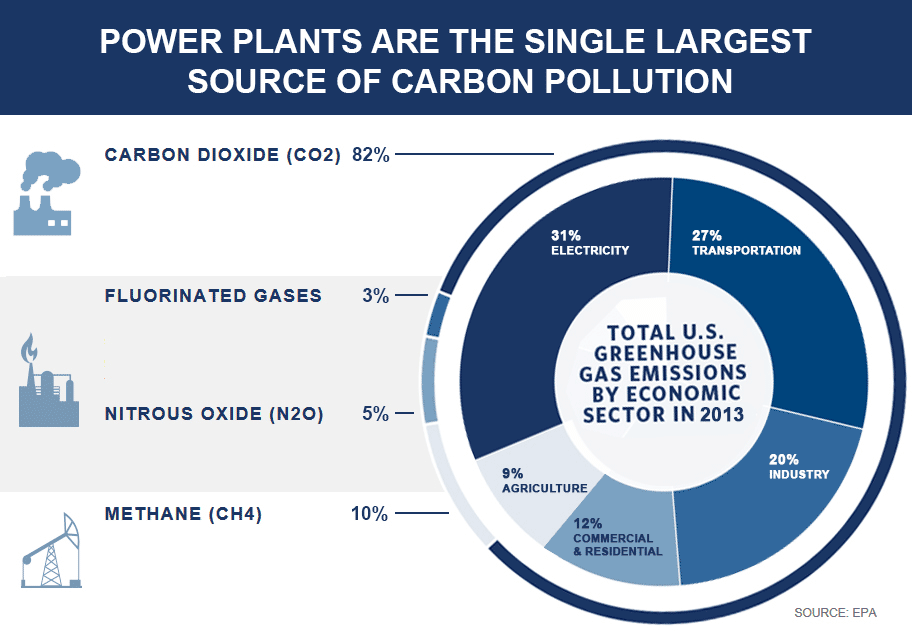Dozens of lawyers from the government, industry and public interest groups packed the US Court of Appeals for the DC Circuit, to hear the divisive case that comes just weeks before a heated presidential election and illustrates how a President’s picks for the lower court might impact his own agenda.
The plan is currently frozen because last February, the Supreme Court voted to delay implementation until the appeals process could play out.
Opponents to the plan claim that the EPA went too far under the law to push the rule.
Judge Brett M. Kavanaugh at one point questioned EPA’s authority.
“This is a huge case,” he said and noted that it could “fundamentally” transform the industry. Kavanaugh said the administration’s policy is “laudable” but questioned under the separation of powers whether Congress, and not the EPA, had to speak clearly on the issue.
Judge Thomas B. Griffith chimed in asking, “why isn’t this debate going on in the floor of the Senate?” rather than before a panel of judges. But Judge Patricia A. Millet reiterated at one point that the Supreme Court “has already said” that the EPA has the authority to regulate in the area.
Other judges questioned whether by 2030, the rule would be any more transformative to the coal industry, for example, than market forces would be.
Judge David S. Tatel asked whether the agency was simply “invoking existing authority.”
While the morning session in court was dedicated to statutory arguments, in the afternoon the court heard arguments concerning whether it was unconstitutional. The challengers’ constitutional arguments did not appear to to get much traction with the judges.
[…]
During complex arguments before a multi-member court is dangerous to try to determine — based on questions posed at oral arguments — how a judge will ultimately rule. It’s worth noting however, that Tuesday’s case comes before an appellate court that has been transformed during the Obama administration.
Before Obama took office the appeals court tilted toward conservative appointees with six judges nominated by a Republican president and three nominated by a Democratic president. There were also two vacancies.
Currently, the active judges on the court consist of four GOP appointees and seven Democratic appointees. In 2013, Obama placed four judges on the court, three of them immediately after the Senate changed its filibuster rules. Tuesday’s case was heard by all the active members of the court except for Chief Judge Merrick Garland who has recused himself from hearing cases because he has been nominated to the Supreme Court.
“The party of an appointing president surely makes a difference in some types of cases — environmental for example — more than others,” said Russell Wheeler, a visiting fellow at the Brookings Institute. “When the full court meets is when the party of appointing president is likely to matter most because the great majority of decisions are made by three-judge panels, randomly drawn and not necessarily reflective of the overall composition of the court.”
See here for the background. ThinkProgress agrees with the basic vote counting, with the possibility of a GOP judge siding with the Dems. The long and short of it is that we’ve seen this basic fight play out multiple times before – the Obama administration proposes a regulatory enforcement plan for the EPA, various Republican states led by Texas freak out and file suit, and the courts sort it out, usually with the feds winning. But do keep in mind that all of this is happening because 1) a Democratic President who cares about fighting climate change proposed this regulatory scheme, among others, and 2) an appeals court that has more Democratic appointees than Republican ones will make the decision that is likely to stand thanks to the current makeup of the Supreme Court. The fastest way to undo this is to not have a Democratic President in place after November. I’m just saying.

